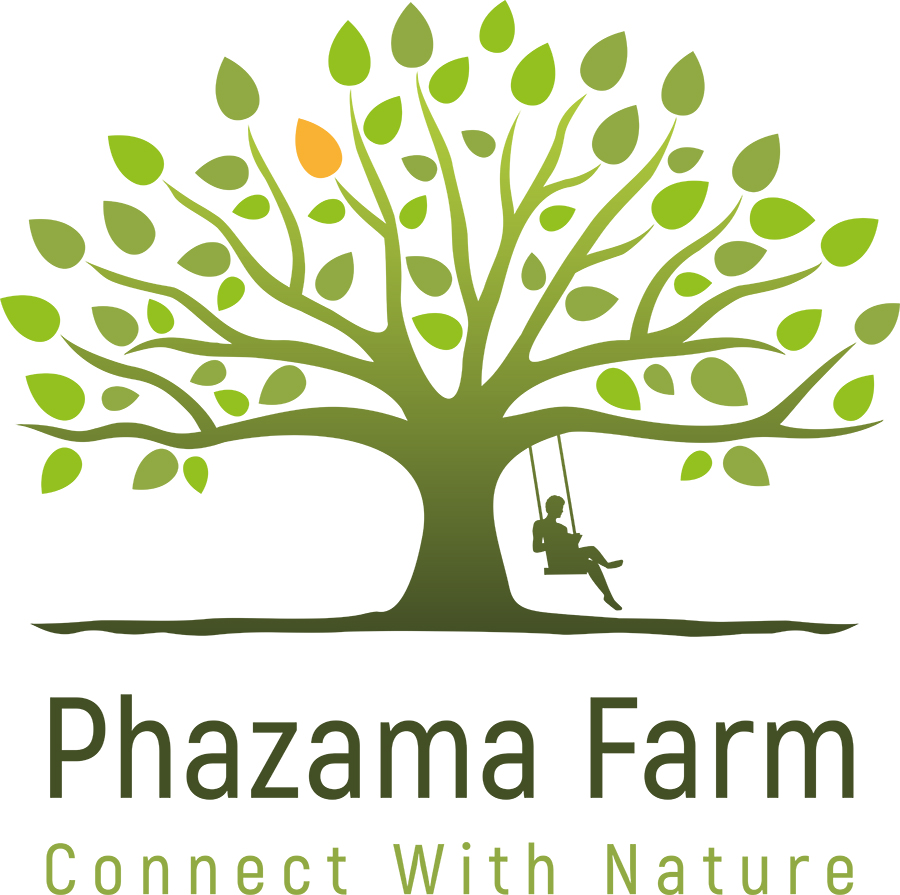
A story of dreams, dirt, and determination.
When people think of farming, they often imagine rows of green crops, chickens clucking peacefully in the background, and the satisfaction of harvesting food with your own hands. That was exactly the picture we had in mind when we arrived in Botswana in 2019, bright-eyed, motivated, and ready to farm with purpose.
We came with a clear vision: to live in harmony with the land, grow healthy food, support the local ecosystem, and create employment opportunities for the nearby community. It wasn’t just a romantic idea. It was rooted in serious intentions and required by our land lease. The property came with what’s called an integrated farming lease, which means: if you live here, you farm here. Simple, right?
So, we started planning. We researched crops that suit the climate, looked into sustainable methods, and imagined a farm that could feed ourselves, our guests, and maybe even our neighbors.
We were especially excited about growing moringa, a so-called “miracle tree” packed with nutrients, easy to grow, and simple to harvest. We envisioned rows of sunflowers, not just for beauty, but to attract bees and perhaps even give us our own honey. We would cultivate vegetables like tomatoes, cucumbers, and leafy greens…fresh from our soil to your plate.
We even thought about keeping some chickens for eggs and a touch of rural charm. And as a bonus, this project would create much-needed employment opportunities in our area, where jobs can be scarce.
But nature, as it turns out, is a much tougher business partner than we imagined.
So, what happened?
We started. We planted. We watered. We waited. We tried different approaches. We watched YouTube videos and read articles. We listened to advice from locals and experts. We adjusted, replanted, restructured.
And… almost nothing worked.
Some crops refused to sprout. Others shot up beautifully, only to wither in the scorching heat. Our chickens? Let’s just say they were on the menu of the local wildlife. Honey badgers, snakes, eagles, and the punishing summer heat made quick work of our poultry dreams.
The truth is: we’re not farmers. And neither are our employees. We were learning from scratch, in an environment that demands much more than good intentions and hard work. It demands deep knowledge, patience, resources, and the kind of resilience that only comes from generations of trial and error.
A closer look at local farming
At some point, we asked ourselves: what are the local people farming? The answer was telling.
There are communal ploughing fields in the area, but very little is growing in them. Traditional farming here often means free-range livestock: cows, goats, donkeys, horses, and chickens that roam freely across the land. Some owners are closely involved with their animals, but many don’t actually know where their stock is at any given moment. Instead, they depend on government programs for feeding and vaccinations.
Overgrazing has become a serious problem. With too many animals and not enough land management, the vegetation has been stripped bare in places, and the scarcity of shade makes it difficult to restore balance. There is plenty of groundwater, but it’s more suitable for drinking than irrigation. And the soil, well, it’s mostly Kalahari sand. Nutrient-poor, dry sand that stubbornly resists most crops unless heavily improved.
Add to that the relentless sun and high temperatures and frost in winter, and you have got a recipe for farming that is anything but easy.
Some do succeed…
There are successful farmers in our broader region. Most are located in areas where there’s more reliable water access, or they have made large investments in technology, equipment, and soil conditioning. They build shade structures, install drip systems, and enrich the soil themselves, literally creating their own farming environment from the ground up.
But they are the exception, not the rule. They work extremely hard, and even then, the return on investment is often minimal or negative. You can count these determined individuals on one hand.
So we asked ourselves again: can we do this?
Yes. Maybe. But only if we shift focus and invest heavily in technology and infrastructure. And the truth is: farming is not our core business. Our main purpose is the academy and our chalets for guests. That’s where our energy, passion, and expertise lie.
But even so, we are not ready to give up entirely.
What we are still doing
We have learned not to fight the land, but to listen to it. And while we are no longer trying to grow rows of vegetables or keep chickens, we are doing something that feels equally important: we plant trees.
Lots of them.
We have discovered that trees are not only beautiful, they’re resilient, restorative, and give back in countless ways. They provide shade, improve soil quality, attract birds and insects, and make our space more welcoming for humans and wildlife alike.
It may not be farming in the traditional sense. But it’s a step forward. It’s something we can manage with love and care, and it fits our broader goals of sustainability and environmental respect
So, while our initial farming dreams didn’t go as planned, we gained something else: experience, humility, and a deeper connection to this land.
We’ll keep experimenting on a smaller scale, in smarter ways, with more respect for the unique challenges of our environment. We haven’t given up. We are just evolving.
Because one thing’s for sure: we are still here, still planting, and still believing in the long-term journey.
